In today’s interconnected business environment, organizations rely heavily on third-party vendors, suppliers, and partners to deliver products and services. While this interconnectedness drives efficiency and innovation, it also creates significant cybersecurity vulnerabilities through supply chain attacks that have become increasingly sophisticated and damaging.
Understanding Supply Chain Cyber Attacks
A supply chain cyber attack occurs when cybercriminals infiltrate an organization’s network through a less-secure third-party vendor or supplier. Rather than directly attacking well-protected primary targets, attackers exploit weaker links in the supply chain to gain access to their ultimate objectives.
These attacks have gained prominence due to high-profile incidents such as the SolarWinds hack, which affected thousands of organizations worldwide, demonstrating the far-reaching impact of supply chain vulnerabilities.
Common Attack Vectors
- Software Supply Chain Attacks: Attackers compromise software development processes to inject malicious code into legitimate software updates or applications distributed to multiple organizations.
- Hardware Compromises: Malicious components or firmware modifications inserted during the manufacturing process, allowing attackers to establish persistent access to target systems.
- Service Provider Breaches: Compromising managed service providers, cloud services, or IT support companies that have privileged access to multiple client networks.
- Third-Party Integration Vulnerabilities: Exploiting weak security controls in partner systems that have direct integration with organizational networks.
Risk Assessment and Management
Vendor Risk Assessment: Organizations must implement comprehensive vendor risk assessment programs that evaluate the cybersecurity posture of all third-party partners. This includes reviewing security certifications, conducting security questionnaires, and performing on-site security assessments for critical vendors.
Continuous Monitoring: Supply chain security requires ongoing monitoring rather than one-time assessments. Organizations should implement continuous monitoring tools that track vendor security status, vulnerability disclosures, and incident reports.
Risk Tiering: Not all vendors present equal risk. Organizations should categorize vendors based on their access levels, data sensitivity, and potential impact on business operations to prioritize security efforts and resources appropriately.
Best Practices for Supply Chain Security
Zero Trust Principles: Apply zero trust principles to all third-party connections, requiring continuous verification and limiting access to only necessary systems and data.
Contractual Security Requirements: Include specific cybersecurity requirements in vendor contracts, including incident notification procedures, security control implementations, and regular security assessments.
Segmentation and Isolation: Implement network segmentation to limit the potential impact of supply chain compromises by isolating vendor access from critical systems and sensitive data.
Incident Response Planning: Develop specific incident response procedures for supply chain attacks, including communication protocols with affected vendors and rapid containment strategies.
Emerging Technologies and Solutions
Advanced technologies such as artificial intelligence and machine learning are being deployed to enhance supply chain security monitoring. These solutions can detect anomalous behavior patterns, identify potential compromises, and provide early warning of supply chain attacks.
Blockchain technology is also being explored for creating immutable records of software and hardware integrity throughout the supply chain, providing greater transparency and trust in vendor relationships.
As supply chain attacks continue to evolve in sophistication and frequency, organizations must adopt a proactive, comprehensive approach to third-party risk management. This includes not only implementing technical controls but also fostering a culture of security awareness that extends throughout the entire supply chain ecosystem.
